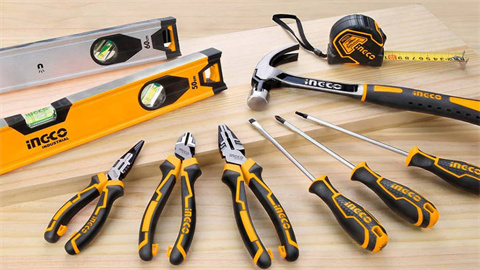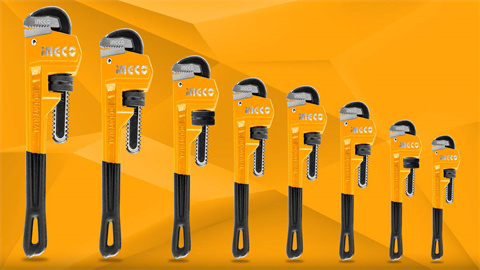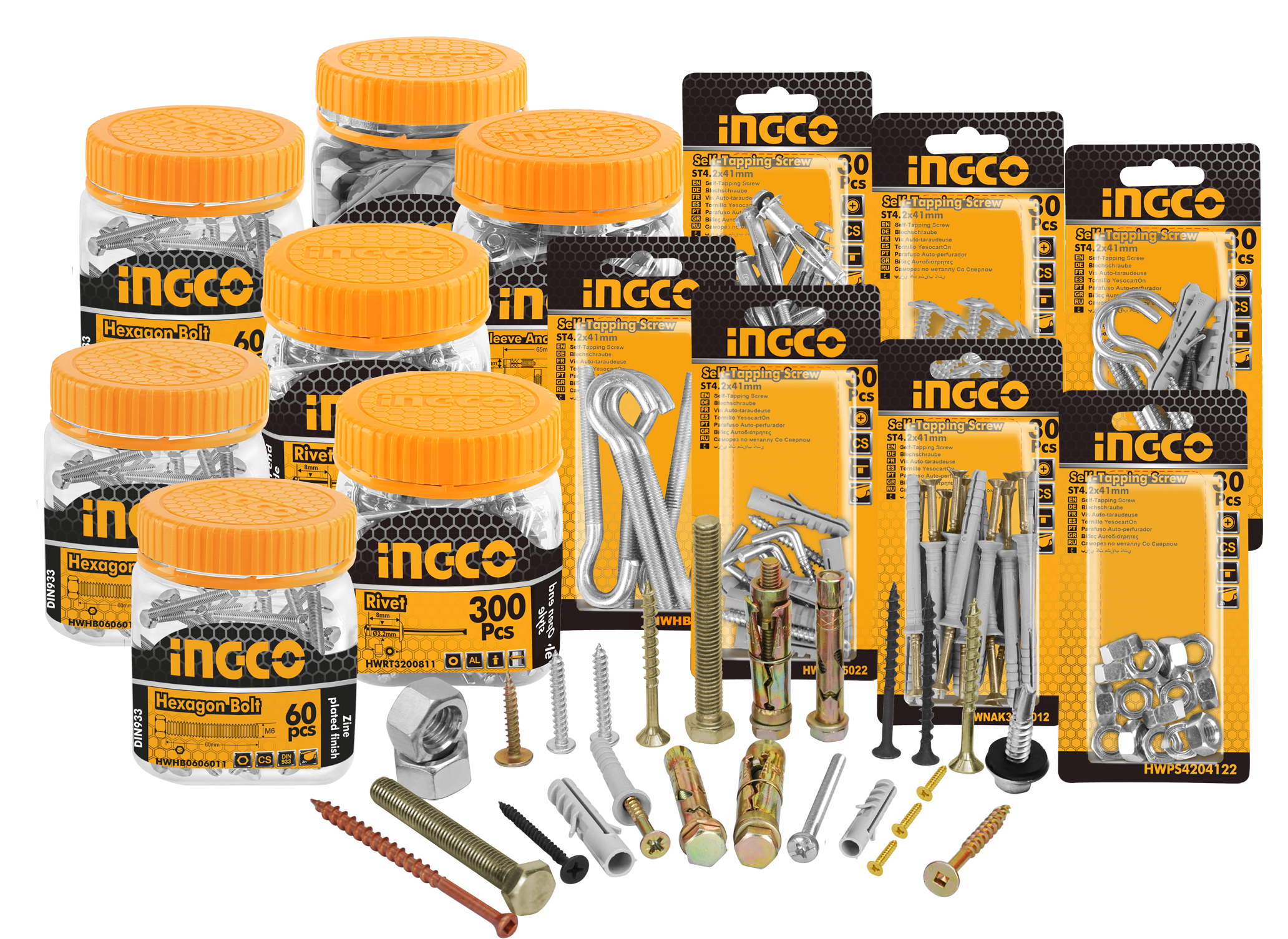Spanner vs Wrench: Decoding the Ultimate Tool Showdown
When it comes to tools for gripping and turning fasteners, two names often come up: spanner vs wrench. These tools are essential in various tasks, from fixing your car to general maintenance around the house. While people sometimes use the terms interchangeably, there are some differences in their design and usage, often based on where you are in the world.
Knowing the differences between spanners and wrenches can make your work easier and more efficient. This guide will explain what makes each tool unique, look at the various types available, and help you understand when and how to use them.
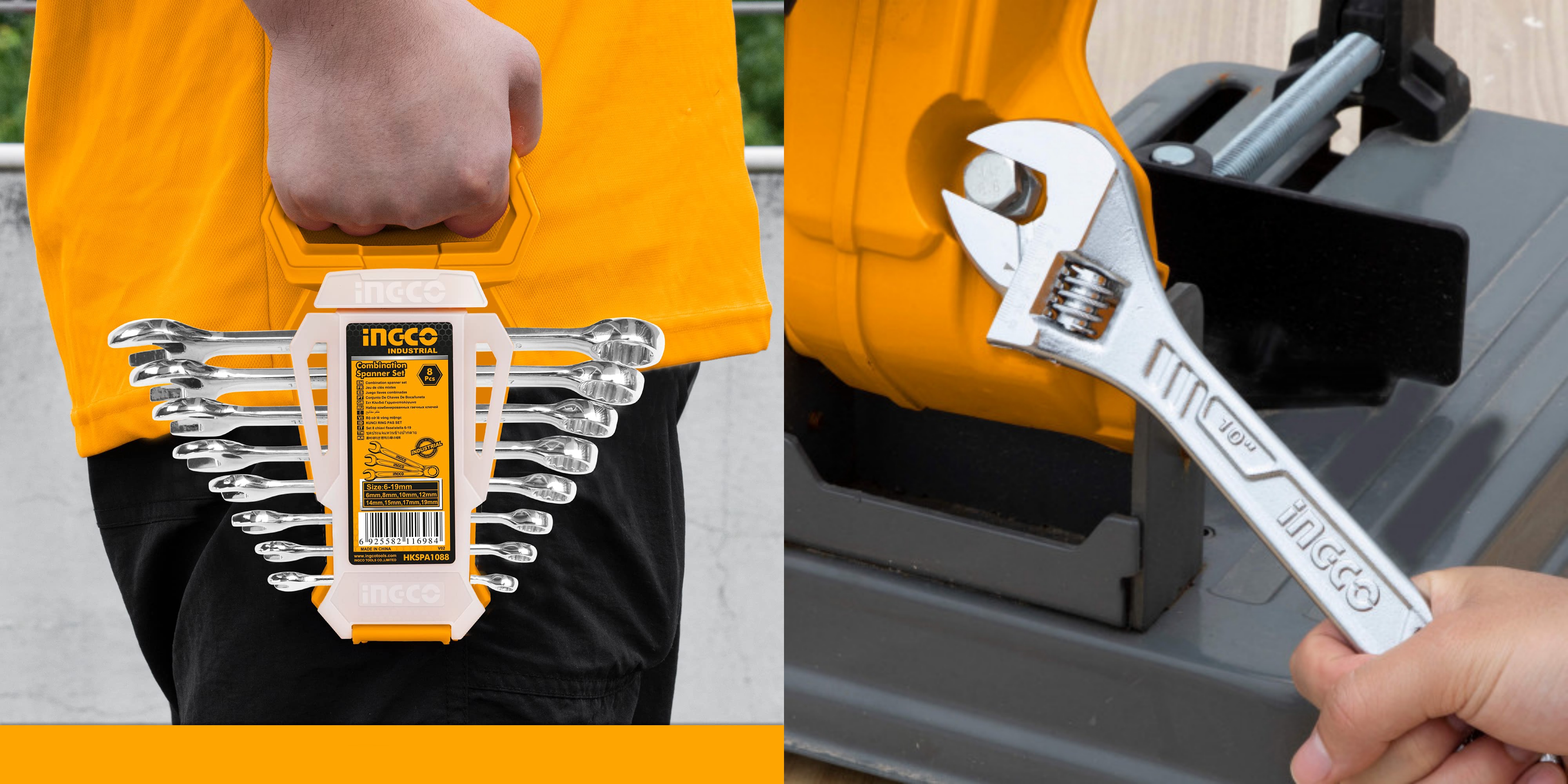
Spanner vs Wrench: Main Differences
Confusion around wrench vs spanner often comes down to regional terminology differences. In the US and the UK, these tools are named differently, leading to interchangeable and sometimes incorrect usage. Knowing the difference between spanner and wrench is key to choosing the right tool for your needs.
In the US, “wrench” is a catch-all term for both fixed and adjustable tools. Any tool used to grip and turn nuts and bolts, whether it’s a specific size or adjustable, is called a wrench. This broad definition can sometimes create confusion, especially when discussing tools with more specialized functions. In the UK, however, there’s a clear distinction. A “spanner” is a fixed, size-specific tool. These are designed to fit particular sizes of nuts and bolts precisely, reducing the risk of damaging them.
What Is a Spanner?
A spanner is a fixed tool specifically designed to tighten or loosen nuts and bolts. Because each spanner is size-specific, it’s perfect for tasks that require a high level of precision. Spanners are especially useful in tasks that involve tight spaces. Their slimmer heads allow them to maneuver easily in areas where other tools might struggle to fit. For example, in automotive work, there are many components packed closely together, and a spanner’s design allows it to reach fasteners that other tools simply can’t.
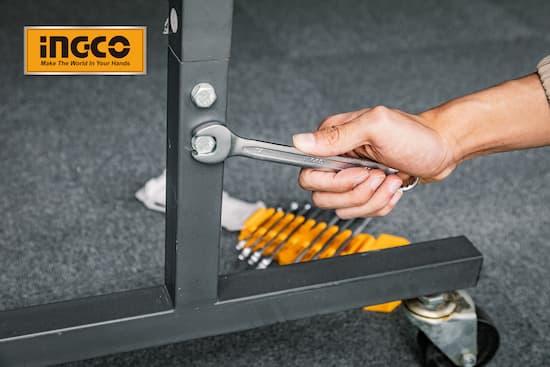
Types of a Spanner
Open-End and Closed-End Spanners
Open-End Spanners have U-shaped openings at each end that grip two opposite faces of a fastener. They are particularly useful for jobs that require frequent repositioning of the tool, as their open ends can easily slip onto the fastener.
Closed-End Spanners, also known as ring spanners, completely encircle the fastener, providing a more secure grip. This full contact minimizes the risk of slipping and damaging the fastener. Ring spanners are especially useful for high-torque applications where a firm grip is crucial. They come in various sizes and often have an offset handle to provide better leverage and access to fasteners in recessed areas.
Single-End and Double-End Spanners
Single-End Spanners have one working end, which is typically an open or closed end. These spanners are simple and straightforward, offering a specific size on one end, which makes them easy to use for a dedicated task.
Double-End Spanners have two working ends, each with different sized openings. This makes them versatile, allowing you to use the same tool for different sized fasteners. They are particularly useful in situations where you need to work with multiple sizes of nuts and bolts, reducing the need to switch tools frequently.
Combination Spanners
Combination Spanners feature an open-end on one side and a closed-end (ring) on the other. This design offers the benefits of both open-end and closed-end spanners in one tool.
The open-end allows for quick application, while the closed-end provides a secure grip for applying torque. Combination spanners are versatile and convenient, making them a popular choice for a wide range of tasks.
Adjustable Spanners
Adjustable Spanners can be adjusted to fit various sizes of fasteners. They have a movable jaw that can be widened or narrowed to grip different sized nuts and bolts. High-quality adjustable spanners, such as the INGCO wrench, offer excellent durability and reliability for various tasks.
Socket Spanners
Socket Spanners use detachable sockets to fit various fasteners. The sockets can be attached to a ratchet handle, allowing for quick and efficient work.
Socket spanners are particularly useful for working on vehicles and machinery where fasteners are often recessed or require a high level of torque. The interchangeable sockets make this tool adaptable to a wide range of fastener sizes and types.
Swan Neck Spanners
Swan Neck Spanners have an offset handle that allows access to fasteners in recessed or tight areas. The unique shape of the handle provides extra reach and leverage, making it easier to work in spaces where a straight spanner would not fit.
What Is a Wrench?
A wrench is a type of hand tool used to turn items, usually rotational fasteners like nuts and bolts, by applying torque with grip and mechanical advantage. Each type is made for a particular use and has varying degrees of efficiency and convenience.
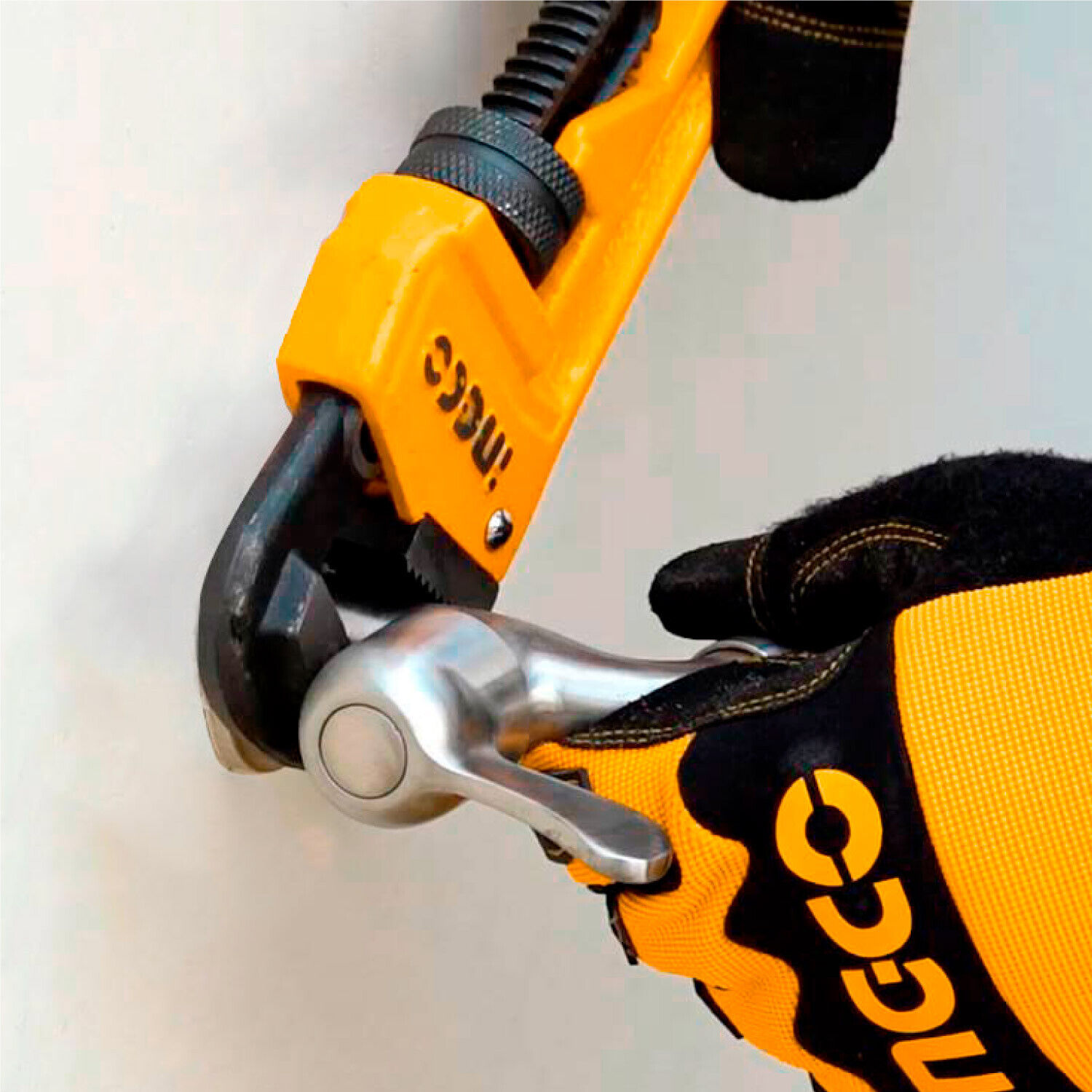
Types of a Wrench
Monkey Wrench
The monkey wrench’s large, flat jaws make it suitable for gripping large, smooth surfaces without causing damage. These wrenches are often used in plumbing and mechanical work where a robust and adjustable grip is necessary.
Pipe Wrench
Pipe Wrenches are designed specifically for gripping and turning pipes. They feature serrated jaws that provide a firm grip on round pipes, making them ideal for plumbing work.
Torque Wrench
Torque Wrenches are used to apply a specific amount of torque to a fastener, ensuring it is tightened to the correct specification. This precision is crucial in applications where over-tightening or under-tightening can lead to mechanical failure or safety issues, such as in automotive and aerospace industries. Torque wrenches come in various types, including click, beam, and digital, each offering different methods for measuring and applying torque.
Socket Wrench
Socket Wrenches work with detachable sockets and ratchet handles to turn fasteners efficiently. The interchangeable sockets allow a single ratchet handle to be used with various sizes and types of bolts and nuts, making socket wrenches highly versatile.
Conclusion
Understanding the distinctions between a spanner vs wrench is pivotal for selecting the right tool for your needs. This guide detailed the unique aspects and types of each, offering clarity on their specific uses and advantages. Recognizing these differences enhances your ability to tackle various mechanical tasks with greater efficiency. Keep this knowledge in mind for your next project, ensuring you choose the appropriate tool for the job.
FAQs
Wrench vs spanner, which tool should I choose?
The choice between a wrench and a spanner depends on the specific task and personal preference. Spanners are generally preferred for their versatility in gripping various fastener types, while wrenches are specialized for specific tasks like pipe work or automotive repairs.
How do I care for my spanner or wrench?
To maintain your tools, regularly clean them after use to remove dirt and debris. Store them in a dry place to prevent rusting, and periodically check for any damage or wear to ensure they function correctly. Lubricating adjustable parts can also help maintain smooth operation.

